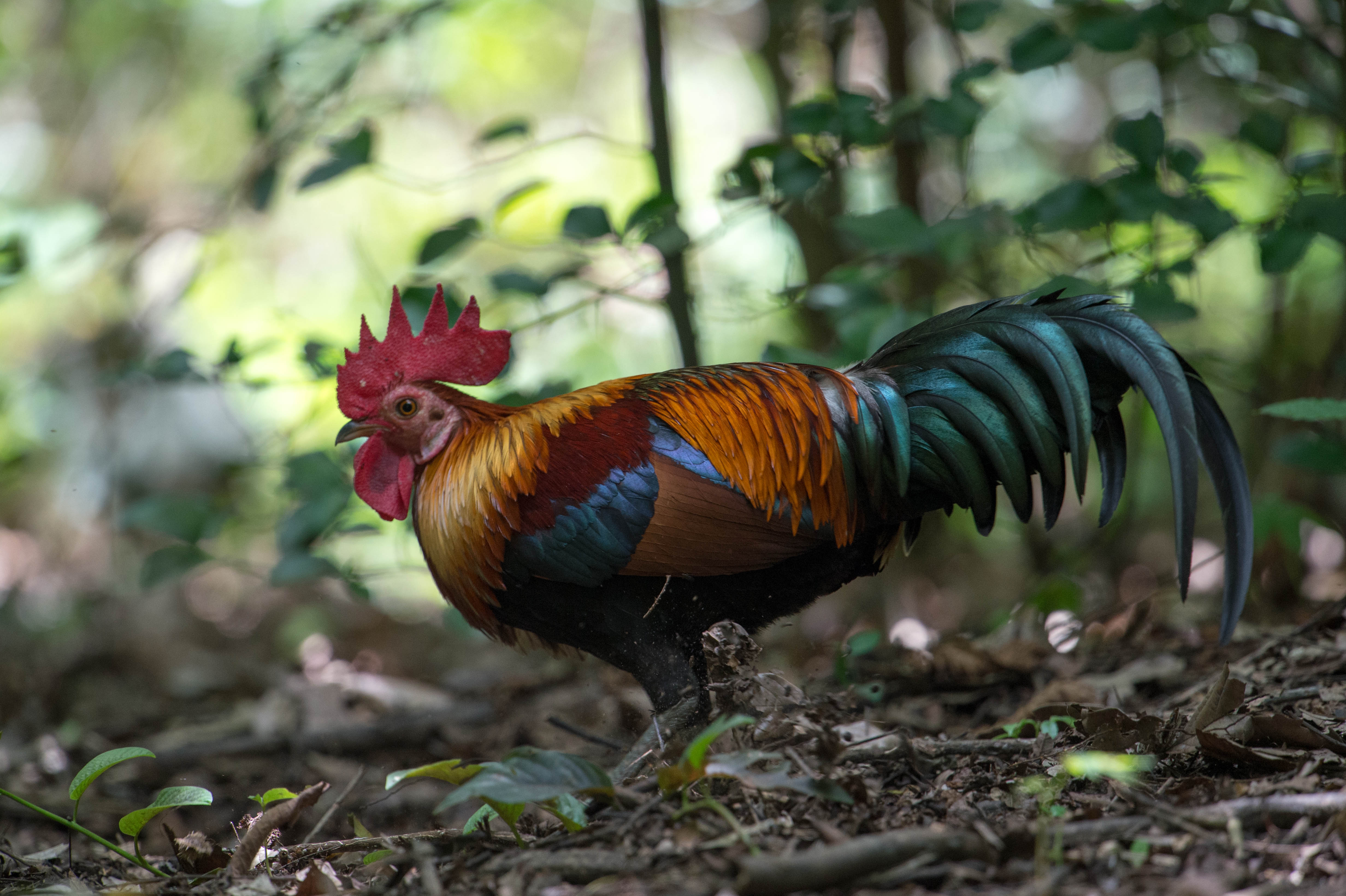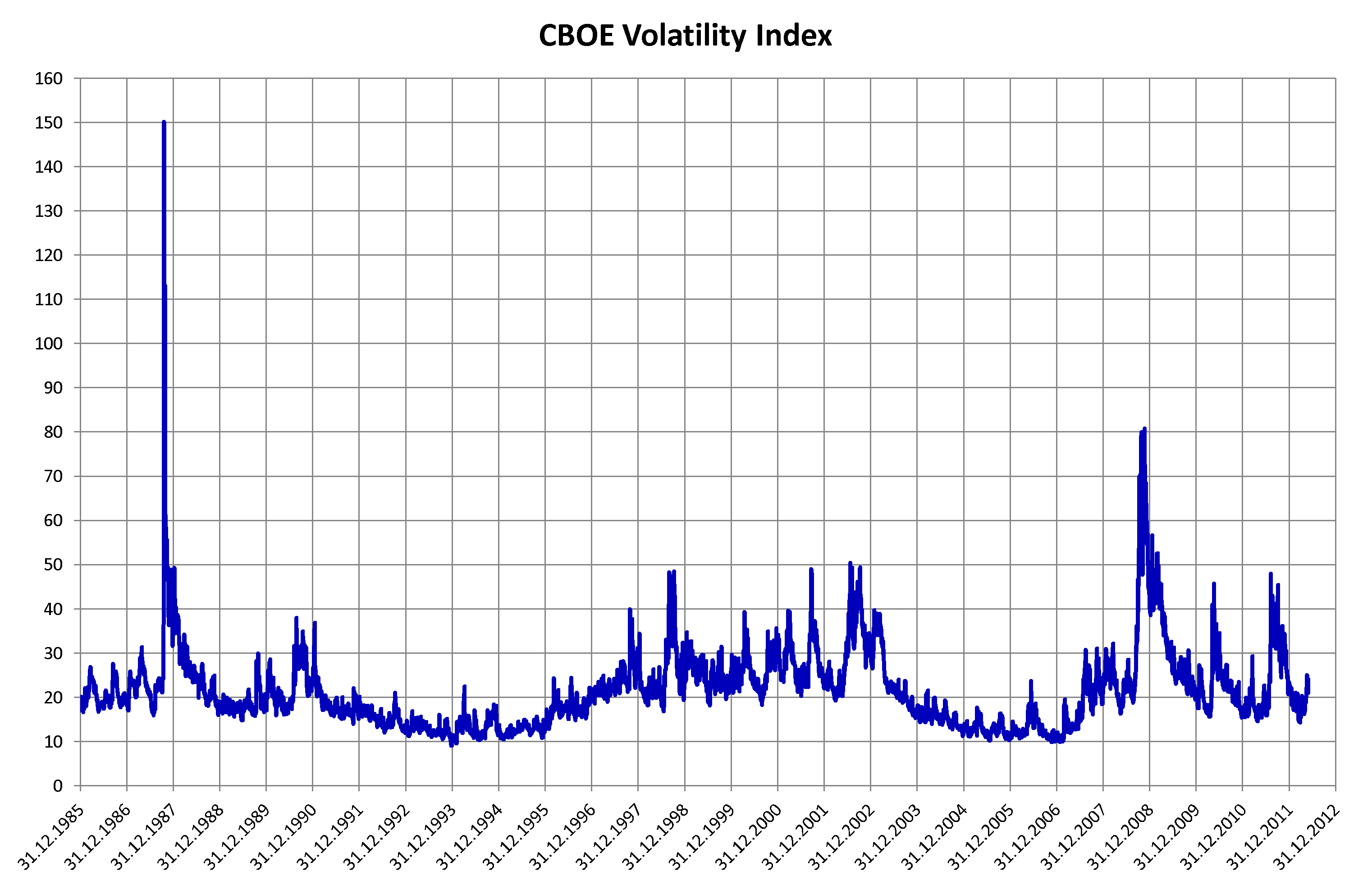|
Gold Kist
Gold Kist was a large chicken producing company in the southern United States. It was founded in 1933 by D.W. Brooks, a University of Georgia agronomy instructor as the Cotton Producers Association, a cooperative to help farmers in Carrollton, Georgia, market cotton. It soon grew and diversified into fields such as fertilizer and retailing farm supplies. It soon entered the poultry business. In 1998 it exited the agronomy business to focus on protein products, primarily chicken but also pork. In 2004, with the approval of its membership, it converted from being a cooperative to a for-profit stock-ownership company, listed on NASDAQ. In 2006, Gold Kist was acquired by Pilgrim's Pride. Operations Gold Kist operated nine fully integrated poultry divisions in Alabama, Georgia, Florida and North and South Carolina. Each division operated its own hatchery, feed mill, and processing plant. Co-op Gold Kist contracted with approximately 2,300 family farmers to raise the chickens. The f ... [...More Info...] [...Related Items...] OR: [Wikipedia] [Google] [Baidu] |
Hatchery
A hatchery is a facility where eggs are hatched under artificial conditions, especially those of fish, poultry or even turtles. It may be used for ''ex situ'' conservation purposes, i.e. to breed rare or endangered species under controlled conditions; alternatively, it may be for economic reasons (i.e. to enhance food supplies or fishery resources). Fish hatcheries Fish hatcheries are used to cultivate and breed a large number of fish in an enclosed environment. Fish farms use hatcheries to cultivate fish to sell for food, or ornamental purposes, eliminating the need to find the fish in the wild and even providing some species outside their natural season. They raise the fish until they are ready to be eaten or sold to aquarium stores. Other hatcheries release the juvenile fish into a river, lake or the ocean to support commercial, tribal, or recreational fishing or to supplement the natural numbers of threatened or endangered species, a practice known as fish stocking. ... [...More Info...] [...Related Items...] OR: [Wikipedia] [Google] [Baidu] |
Food And Drink Companies Established In 1933
Food is any substance consumed by an organism for Nutrient, nutritional support. Food is usually of plant, animal, or Fungus, fungal origin and contains essential nutrients such as carbohydrates, fats, protein (nutrient), proteins, vitamins, or Mineral (nutrient), minerals. The substance is Ingestion, ingested by an organism and assimilated by the organism's Cell (biology), cells to provide energy, maintain life, or stimulate growth. Different species of animals have different List of feeding behaviours, feeding behaviours that satisfy the needs of their metabolisms and have evolved to fill a specific ecological niche within specific geographical contexts. Omnivore, Omnivorous humans are highly adaptable and have adapted to obtaining food in many different ecosystems. Humans generally use cooking to prepare food for consumption. The majority of the food energy required is supplied by the industrial food industry, which produces food through Intensive farming, intensive agricu ... [...More Info...] [...Related Items...] OR: [Wikipedia] [Google] [Baidu] |
Companies Based In Georgia (U
A company, abbreviated as co., is a legal entity representing an association of legal people, whether natural, juridical or a mixture of both, with a specific objective. Company members share a common purpose and unite to achieve specific, declared goals. Over time, companies have evolved to have the following features: "separate legal personality, limited liability, transferable shares, investor ownership, and a managerial hierarchy". The company, as an entity, was created by the state which granted the privilege of incorporation. Companies take various forms, such as: * voluntary associations, which may include nonprofit organizations * business entities, whose aim is to generate sales, revenue, and profit * financial entities and banks * programs or educational institutions A company can be created as a legal person so that the company itself has limited liability as members perform or fail to discharge their duties according to the publicly declared incorporation pu ... [...More Info...] [...Related Items...] OR: [Wikipedia] [Google] [Baidu] |
Former Cooperatives Of The United States
A former is an object, such as a template, gauge or cutting die, which is used to form something such as a boat's hull. Typically, a former gives shape to a structure that may have complex curvature. A former may become an integral part of the finished structure, as in an aircraft fuselage, or it may be removable, being used in the construction process and then discarded or re-used. Aircraft formers Formers are used in the construction of aircraft fuselage, of which a typical fuselage has a series from the nose cone to the empennage, typically perpendicular to the longitudinal axis of the aircraft. The primary purpose of formers is to establish the shape of the fuselage and reduce the column length of stringers to prevent instability. Formers are typically attached to longerons, which support the skin of the aircraft. The "former-and-longeron" technique (also called stations and stringers) was adopted from boat construction, and was typical of light aircraft buil ... [...More Info...] [...Related Items...] OR: [Wikipedia] [Google] [Baidu] |
Cool Cell
Cool commonly refers to: * Cool, a moderately low temperature * Cool (aesthetic), an aesthetic of attitude, behavior, and style Cool or COOL may also refer to: Economics * Country of origin labelling * mCOOL - US consumer legislation to enforce COOL at the grocery store Computing * Cool (programming language) * COOL, a computer language used in the CLIPS tool * Cool, an internal name of C# Geography * Cool, Rotterdam, Netherlands * Cool, California, U.S. * Cool, Texas, U.S. Music * Cool (band), a South Korean K-pop music group * Cool jazz Albums * ''Cool'' (George Duke album) (2000) * ''Lupe Fiasco's The Cool'' (2007) ** The Cool (character), the associated concept character * Cool (Joyce album) (2015) Songs * "Cool" (Alesso song) (2015) * "Cool" (Anthony Hamilton song) (2008) * "Cool" (Jonas Brothers song) (2019) * "Cool" (Le Youth song) (2013) * "Cool" (Dua Lipa song) (2020) * "Cool" (Gwen Stefani song) (2005) * "Cool" (The Time song) (1981), later covered by ... [...More Info...] [...Related Items...] OR: [Wikipedia] [Google] [Baidu] |
Roosters
The chicken (''Gallus gallus domesticus'') is a domesticated subspecies of the red junglefowl (''Gallus gallus''), originally native to Southeast Asia. It was first domesticated around 8,000 years ago and is now one of the most common and widespread domesticated animals in the world. Chickens are primarily kept for their meat and eggs, though they are also kept as pets. As of 2023, the global chicken population exceeds 26.5 billion, with more than 50 billion birds produced annually for consumption. Specialized breeds such as broilers and laying hens have been developed for meat and egg production, respectively. A hen bred for laying can produce over 300 eggs per year. Chickens are social animals with complex vocalizations and behaviors, and feature prominently in folklore, religion, and literature across many societies. Their economic importance makes them a central component of global animal husbandry and agriculture. Nomenclature Terms for chickens include: * ''Bid ... [...More Info...] [...Related Items...] OR: [Wikipedia] [Google] [Baidu] |
Broiler
Breed broiler is any chicken (''Gallus gallus domesticus'') that is bred and raised specifically for meat production. Most commercial broilers reach slaughter weight between four and six weeks of age, although slower growing breeds reach slaughter weight at approximately 14 weeks of age. Typical broilers have white feathers and yellowish skin. Broiler or sometimes broiler-fryer is also used sometimes to refer specifically to younger chickens under , as compared with the larger roasters. Due to extensive breeding selection for rapid early growth and the husbandry used to sustain this, broilers are susceptible to several welfare concerns, particularly skeletal malformation and dysfunction, skin and eye lesions and congestive heart conditions. Management of ventilation, housing, stocking density and in-house procedures must be evaluated regularly to support good welfare of the flock. The breeding stock (broiler-breeders) do grow to maturity but also have their own welfare concerns ... [...More Info...] [...Related Items...] OR: [Wikipedia] [Google] [Baidu] |
Layer Hen
Poultry farming is the form of animal husbandry which raises domesticated birds such as chickens, ducks, turkeys and geese to produce meat or eggs for food. Poultry – mostly chickens – are farmed in great numbers. More than 60 billion chickens are killed for consumption annually. Chickens raised for eggs are known as layers, while chickens raised for meat are called broilers. In the United States, the national organization overseeing poultry production is the Food and Drug Administration (FDA). In the UK, the national organization is the Department for Environment, Food and Rural Affairs (DEFRA). Intensive and alternative According to the World Watch Institute, 74 percent of the world's poultry meat, and 68 percent of eggs are produced intensively.''State of the World 2006'' World Watch Institute, p. 26 One alternative to intensive poultry farming is free-range farming using lower stocking densities. Poultry producers routinely use nationally approved medications, suc ... [...More Info...] [...Related Items...] OR: [Wikipedia] [Google] [Baidu] |
Pullet
The chicken (''Gallus gallus domesticus'') is a domesticated subspecies of the red junglefowl (''Gallus gallus''), originally native to Southeast Asia. It was first domesticated around 8,000 years ago and is now one of the most common and widespread domesticated animals in the world. Chickens are primarily kept for their meat and eggs, though they are also kept as pets. As of 2023, the global chicken population exceeds 26.5 billion, with more than 50 billion birds produced annually for consumption. Specialized breeds such as broilers and laying hens have been developed for meat and egg production, respectively. A hen bred for laying can produce over 300 eggs per year. Chickens are social animals with complex vocalizations and behaviors, and feature prominently in folklore, religion, and literature across many societies. Their economic importance makes them a central component of global animal husbandry and agriculture. Nomenclature Terms for chickens include: * ''Bid ... [...More Info...] [...Related Items...] OR: [Wikipedia] [Google] [Baidu] |
Volatility (finance)
In finance, volatility (usually denoted by "sigma, σ") is the Variability (statistics), degree of variation of a trading price series over time, usually measured by the standard deviation of logarithmic returns. Historic volatility measures a time series of past market prices. Implied volatility looks forward in time, being derived from the market price of a market-traded derivative (in particular, an option). Volatility terminology Volatility as described here refers to the actual volatility, more specifically: * actual current volatility of a financial instrument for a specified period (for example 30 days or 90 days), based on historical prices over the specified period with the last observation the most recent price. * actual historical volatility which refers to the volatility of a financial instrument over a specified period but with the last observation on a date in the past **near synonymous is realized volatility, the square root of the realized variance, in turn c ... [...More Info...] [...Related Items...] OR: [Wikipedia] [Google] [Baidu] |
Chicken House
Poultry farming is the form of animal husbandry which raises domesticated birds such as chickens, ducks, turkeys and geese to produce meat or eggs for food. Poultry – mostly chickens – are farmed in great numbers. More than 60 billion chickens are killed for consumption annually. Chickens raised for eggs are known as layers, while chickens raised for meat are called broilers. In the United States, the national organization overseeing poultry production is the Food and Drug Administration (FDA). In the UK, the national organization is the Department for Environment, Food and Rural Affairs (DEFRA). Intensive and alternative According to the World Watch Institute, 74 percent of the world's poultry meat, and 68 percent of eggs are produced intensively.''State of the World 2006'' World Watch Institute, p. 26 One alternative to intensive poultry farming is free-range farming using lower stocking densities. Poultry producers routinely use nationally approved medications, such ... [...More Info...] [...Related Items...] OR: [Wikipedia] [Google] [Baidu] |






